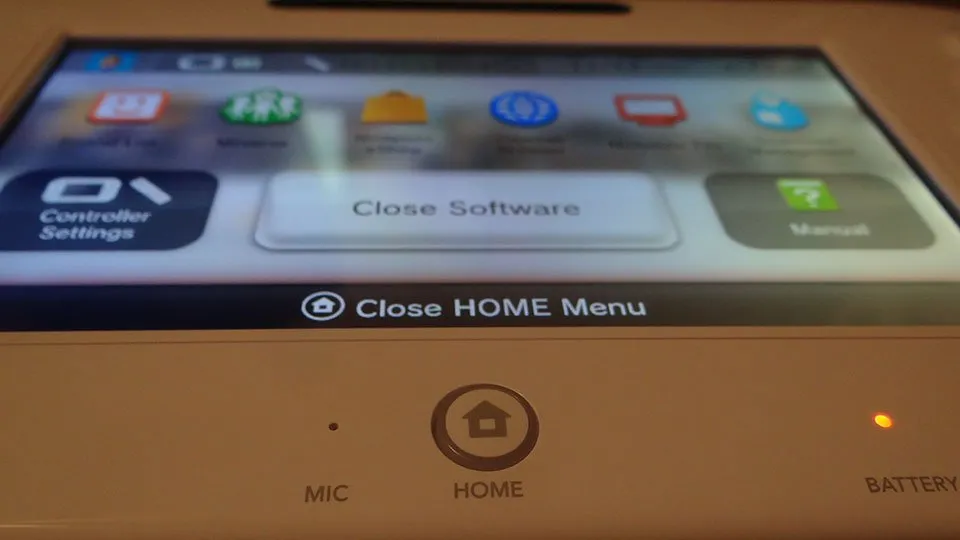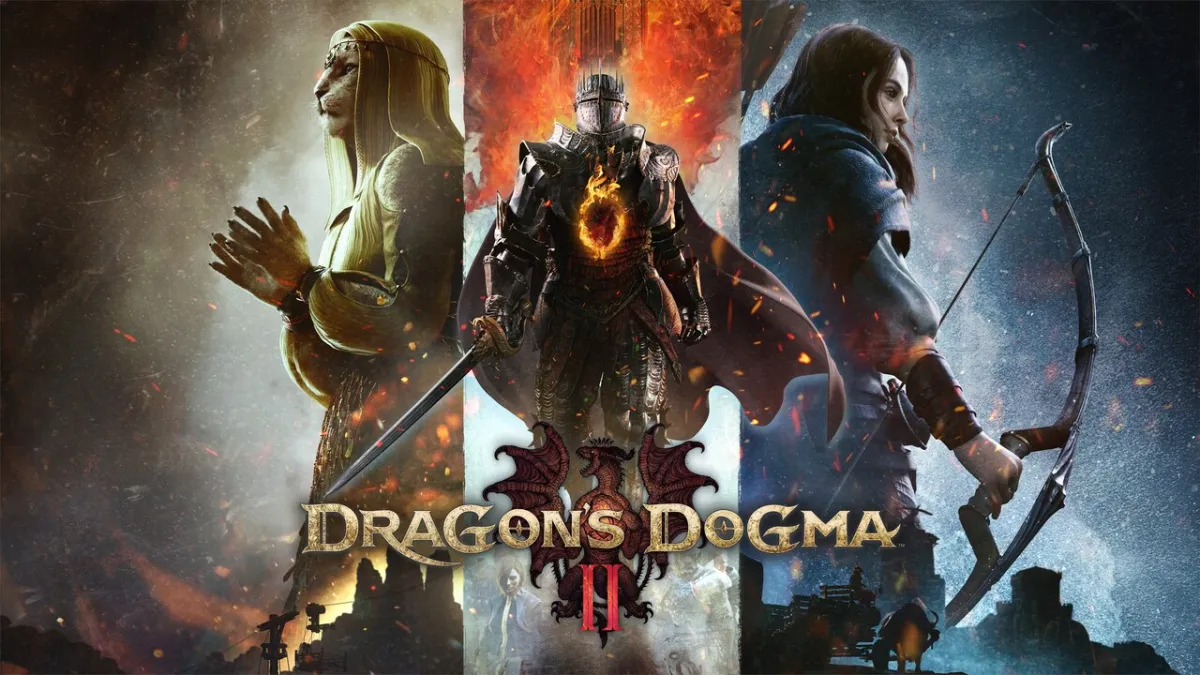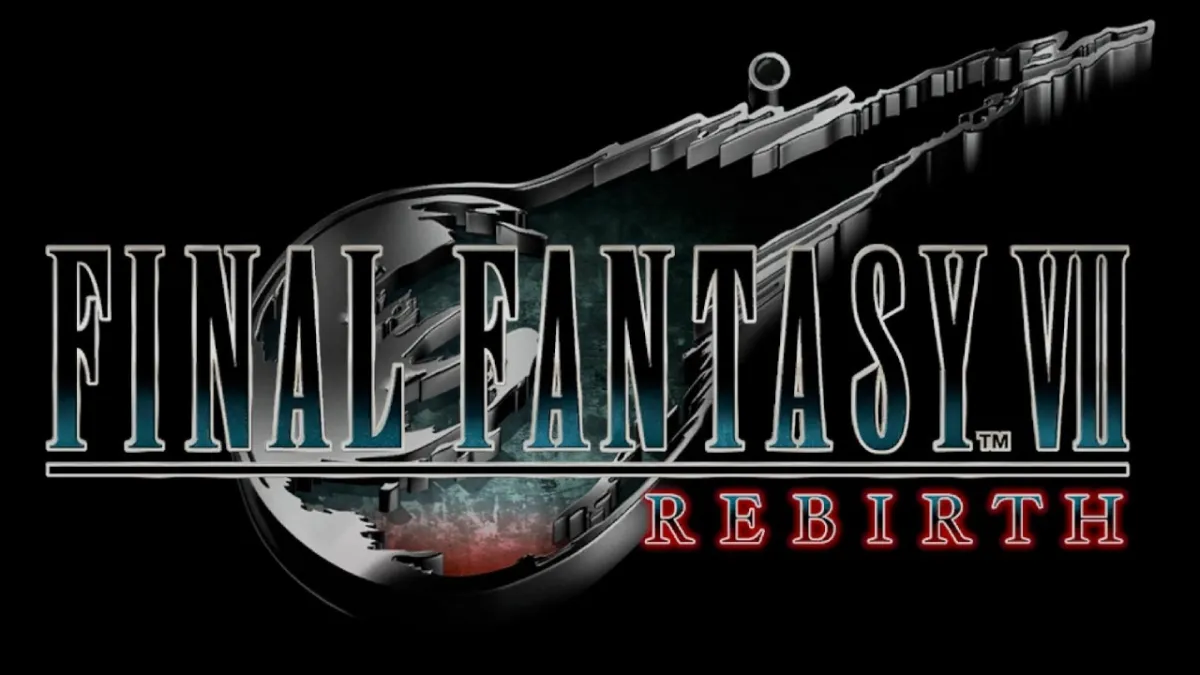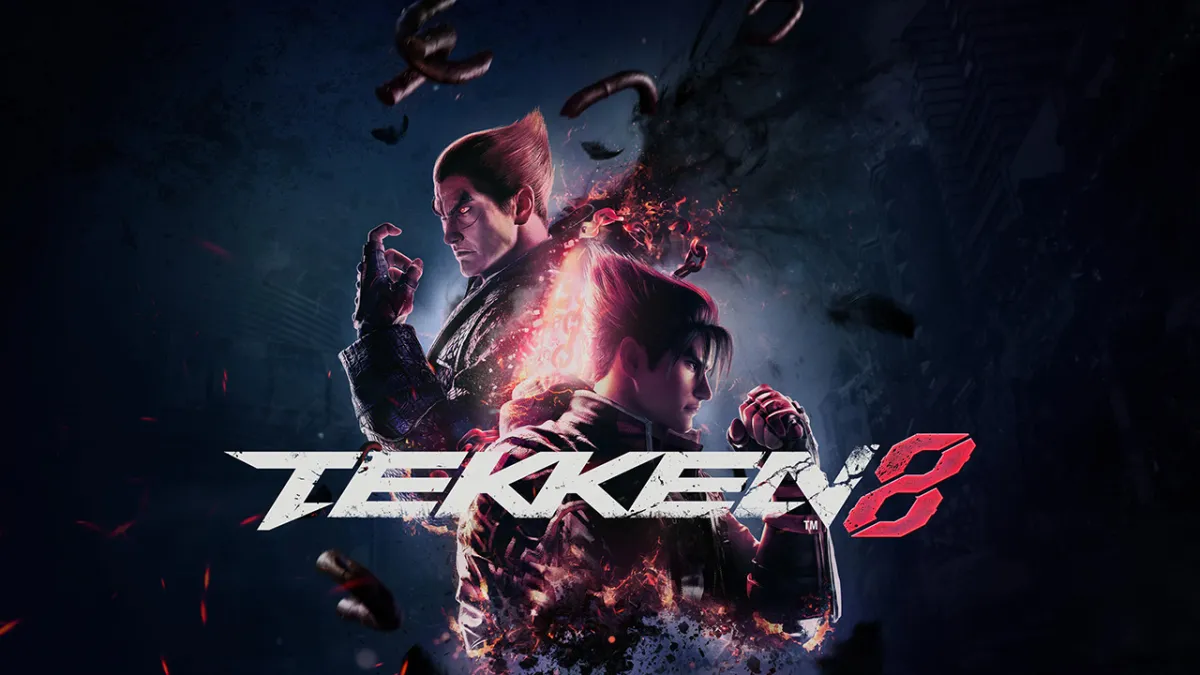Nintendo basically sat out the high definition revolution in video games, instead the company focused on a casual motion controlled experience with their Nintendo Wii. The Wii went head to head with both the Xbox 360 and PlayStation 3 and came out victorious as far as sales are concerned, despite being an underpowered system, that wasn’t capable of taking advantage of the boom in the HDTV market. With yet another generation under their belts, Nintendo has launched the Wii U, and it looks like they’ll once again be marching to the beat of their own drum.
Nintendo doesn’t appear to be changing up their strategy too much with the Wii U. Instead of getting into a power war with Sony and Microsoft, Nintendo’s “Ace in the Hole” is the Wii U Game Pad and a more dedicated focus on the core gaming audience. In much the same manner that the Wii gave players new ways to play with the Wii-mote motion controls, the gamepad opens new avenues for developers to explore. Essentially a second screen with all the functionality of a traditional controller, the Wii U Gamepad allows second screen functionality for in-game elements, and when compatible, the device can be used to play games in their entirety from the wireless tablet device.
The GamePad
The GamePad is the centerpiece of the Wii U and comes equipped with both models of the new console. It’s big, but light, and extremely functional. It’s comfortable in your hands, with grips and grooves in all the right places. It features triggers, shoulder buttons, four face buttons, it rumbles, and it has 6.2″ screen that displays in 158 ppi, giving it ample opportunity to do things that other consoles can’t.
The GamePad is a surprise, if just for how well it works for a multitude of games. Without all the additional bells and whistles that developers can choose to add, the GamePad delivers an exceptional experience from a functionality standpoint, considering its massive size. Games like Call of Duty and Assassin’s Creed play great on the GamePad, as do all varieties. It’s a bit shocking at just how fast your hands become acclimated to the device, whether coming from the Xbox 360 or PlayStation 3 controller.
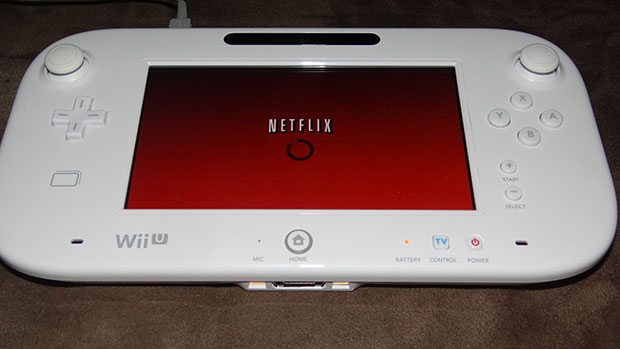
The new controller has got a lot of potential, but it’s really up to the game developers to utilize it. In some games, the second screen functions as a mirror, allowing to wirelessly stream gameplay to the device, which can be taken up to 25 feet away from the console. This means that you don’t even need to have a television to play with your Wii U, a big plus if you have TV sharing needs in your household. The GamePad is used for much more than this though, the launch lineup of games have a mixed bag of uses, some creative, and others not so much. Titles like ZombiU from Ubisoft utilize the controller’s touch screen as an interactive and integral piece of the experience, while others take a more passive approach by adding mini-map and inventory functions for the second screen. There’s definitely a lot of potential, and Nintendo will probably best take advantage of this with their first party games at the bare minimum. It will be interesting to see what developers come up with as far as new experiences are concerned, and it’s promising to see that some developers are already taking the initiative.
As with most wireless devices these days, battery life is a problem. This is true for the GamePad as well. Depending on how you are using the controller, the battery life can last anywhere between 3-5 hours. While it’s definitely enough to get you through most gaming sessions, you’ll need to be mindful of charging the controller. In the event that you are out of juice or just want to charge up, you’ll need a power outlet and the system’s accompanying 8.5′ cord. Since Nintendo isn’t selling back-up GamePads at the system’s launch, you don’t have many options in this regard. For some games, they are compatible with the Wii U “Pro” Controller. Which is a controller that more closely resembles what is offered on the Xbox 360. Not all games are compatible with this controller so you may still be out of luck. The best bet is to charge the controller when not in use. The Wii U will also take advantage of all those Wii motes and Nunchuk controllers that you may or may not have accumulated with your last console, and will come in handy for party games.
The Console
The Wii U itself is a great deal smaller than the Xbox 360 and PlayStation 3, but larger than the Wii. A simple face, the Wii U features three buttons on its front, one to power the system, one to eject discs, and one to sync the device with the GamePad. It’s also got a hidden compartment that houses two USB ports and an SD Card slot for additional storage capacity. The disc drive on the Wii U reads and plays Wii games on their native format, but Wii U titles are using 25GB optical discs that can house all those next-gen experiences.
Taking a look at the back of the console, you’ll also find that Nintendo has made the jump to HDMI, allowing a single connector to your television if you have a compatible TV. There are two more USB ports on the back, as well as a connection port for the Wii U sensor bar, a proprietary AV out port, and an AC Adapter Port. For increased storage, the console allows external hard drives up to 2TB in size and this can house any types of media, aside from games. These external drives will be formatted to work on the Wii U exclusively, and Wii U data cannot commingle with other devices. As for internet connections, the Wii U only supports Wi-Fi 892.11 b/g/n out of the box, with a LAN adapter sold separately for a hard wired line.
The Wii U appears to fall in line with Nintendo’s history of well made consoles. Sturdy, sleek, and more functional than ever, the Wii U didn’t show any signs of weakness during our testing. The loudest sounds that come from the Wii U is from the loading of data from disc drive. Fan noise was minimal, and the console never felt warm to the touch, even after hours of play. Numerous ventilation points on the device are likely the culprit behind keeping the console cool, but the good news is, that it’s quiet as well.
Right now the Wii U is putting out graphics that are on par with the Xbox 360 and PlayStation 3. There was little noticeable difference to the naked eye between games like Call of Duty: Black Ops II on the Xbox 360 and Wii U. Some games had better framerates than others, but it’s hard to tell if these problems were from a hardware deficiency, or just due to developers having had more experience working on these other platforms. The first party titles designed specifically for the Wii U look great, and it’s the first time we’ve seen a high definition Mario Bros, and its an amazing first look at what’s likely going to be a long line of first party games for the new console. It’s hard to tell how well the Wii U will scale with the next generation of consoles coming from Microsoft and Sony in the future. As for what’s on the market now, it’s already ahead of the competition in some areas. In others, it’s already behind.
User Interface
The user interface for the Wii U has taken pages from the Wii and Nintendo 3DS. Upon firing up the console, the GamePad displays icons for apps you have installed, games you have in the disc drive, settings menus, and system items. It’s also got a bar dedicated to permanent features like the Miiverse, eShop, Internet, TVii, and Notifications Center. You can install up to fifteen apps per screen, with six screens available for storage of your favorites. Your Mii, is prominently displayed in the top left corner of the screen, and can be configured to launch and log-in when you turn on the console. It’s an interface that is functionally similar to the Nintendo 3DS, and visually similar to the Wii. Using the GamePad you can interact with the screen via touch, button inputs, or stylus, and it’s a clean look at what’s on the system.
Off-Screen, by default, your television will show off the Miiverse. This will be populated with games, apps, friends, notes, drawings, and other things that liven up the Wii U experience. You’ll see suggestions from others, questions, and comments, that bring the Miiverse to life. You can also swap these, where the GamePad will display the off-screen items, and the television screen displays the menu items, but the off-screen content is there only to enhance to community aspect of the Miiverse, as you actually need to enter a specific portal or be playing a title with Miiverse support to interact in more meaningful ways.
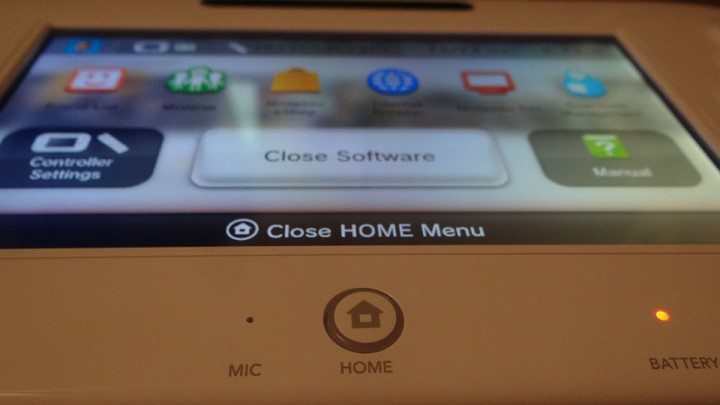
The Wii U user interface is a slow beast to navigate. 10 seconds here, another 10 seconds there, if you don’t know where you’re going on this console you could be in for a time consuming experience. Not that it’s overly complicated, that’s not the problem at all, but the loading screens and time toll paid in and out of apps is the biggest annoyance that console might have. This is especially true if it carries over into the features that haven’t yet arrived, like TVii. Delayed into December, these television features need be snappy if the Wii U wants to compete in this entertainment arena. The GamePad does function as a Television remote however whenever the Wii U is on. There is a TV button that allows you to control a variety of cable boxes and televisions, with set-up being a very easy process.
Nintendo Network
You would assume that Nintendo had been watching Microsoft very closely this generation to see the successes and failures of their Xbox Live network. They basically get people to pay for things that others don’t, and have designed a bullet-proof system as far as parties, chat, online gameplay, and digital delivery are concerned. They’ve streamlined the process of account registration and consolidated all of their information into one easy log-in. Nintendo has dropped the ball here. Instead of following this model, they’ve decided to go in their own direction as they’ve been known to do. The registration process of creating a Mii and tying it to a Nintendo Network ID is a confusing process, and not nearly as easy as it is on either the Xbox Live or PlayStation Network. Add to that equation a variety of other Nintendo accounts that players might have, like Club Nintendo and Wii Shop, and things get jumbled.
In place of these traditional system, Nintendo has introduced its Miiverse, a place where users can congregate, share notes with each other, and make friends. The Mii-Verse is an interesting concept as it follows a model that more closely resembles a social network than what other consoles do at this point. Games with MiiVerse functionality will allow players to leave notes to one another, offer tips, celebrate their achievements, and basically interact with the entire Nintendo community. There are a lot of drawings, some helpful advice, and of course, some griefing as well. The area seems well policed considering the amount of freedom that is offered in expressing yourself in the Mii-verse, there was little if any vulgarity, which is not what I have come to expect from other online communities. Nintendo’s Network also differs from both the Xbox 360 and PlayStation 3 in the company’s decision to not offer a global achievement system, while some games have their own progression systems to help players see all their is to see in a game, it would have been nice to see something that leverages the loyal userbase of Nintendo. Giving Nintendo Network users some way of showing their accomplishments in games on the Wii U and display them to their friends, would go a long way in helping to make the network a better place.
The good thing about Nintendo’s Online Infrastructure is that it feels pretty solid. In the numerous online games that we tried out during this review like Call of Duty: Black Ops II and others, there was never a down moment. Another bright-side to the issues mentioned is that these are all things that aren’t absolutes. These are things that could be changed as Nintendo continues to the grow their network. It’s a fairly new initiative for the company, but at least its heading in the right direction. One place that Nintendo did take a page from Microsoft and Sony is in their digital distribution options. Nearly all games were available at launch on the Wii U eShop, an easily accessible marketplace that can be accessed from the Wii U Gamepad.
The Games
The launch lineup for the Nintendo Wii U includes some of the biggest games of 2012… and 2011. During our review of the console, we didn’t get to play with all of them, but a large enough sample to get a nice representation from numerous parts of the lineup. We took a look at FIFA 13, New Super Mario Bros. U, Nintendoland, Assassin’s Creed III, Batman: Arkham City, Call of Duty: Black Ops II, ZombiU and a couple of downloadable indie titles as well.
The launch lineup will not leave you wanting for much. For the Nintendo fan, Nintendoland and New Super Mario Bros U give the system that distinct feel of a Nintendo console launch. Nintendoland features a plethora of mini-games that shows off the many uses of the new console. It’s this generation’s Wii Sports, and is great for entertaining local groups in a party atmosphere. New Super Mario Bros U is also a decent first offering, and one of the first must-have titles for the new console. Depending on which side of the fence you sit on in the New Super Mario Bros camp, you’ll either really love or really hate the direction that Nintendo has gone with the new game, but there’s an undeniable new high definition shine to the old franchise.

The third party games aren’t bad, especially the ones that don’t feel like bad ports. Black Ops II seemed to be one of the closest games to parity with its Xbox 360 and PlayStation 3 releases. You would be hard pressed to eye any differences between the games on any console. Other games didn’t enjoy the same fate. Frame rate drops were the most noticeable offense in the ports of Assassin’s Creed III and Batman: Arkham City, but it didn’t stop the games from looking great on the new console. The problem with these games is that a lot of the stuff feels shoe horned in for the Wii U, not really enhancing the game in any meaningful ways. A great default use of the GamePad is definitely the ability to play the games in their entirity on the small screen, but not all do this. So often times, what you are left with is a glorified map.
There are plenty of experiences to be had in this launch lineup, but as is usually the case, Nintendo makes the best use of the new technology. For those coming from the Wii, prepare to be mind blow in terms of visual fidelity, as for those coming from Xbox 360 and PS3, the Wii U won’t feel like as a big of a leap.
Nintendo does appear to be taking a less restrictive approach to downloadable titles on the Wii U. Partnering with third party publishers, just about every game can be found on the eShop, and this includes smaller independent developed titles as well. Developers have already started to populate the console with quality content at a fraction of the price of these AAA games. It’s one spot that Nintendo seems to be taking the fight to the competition, and it will be interesting to see how well it is utilized by the smaller independent studios.
The Future
That first “ah-ha” moment with the Wii U will get you excited for a great future with this console, if game developers take advantage of what the GamePad is capable of . As with all new console releases, it’s hard to tell where things will go from here though. I think it’s safe to say that Nintendo will launch some great games on the Wii U, quite possibly the best games that Nintendo has ever released. They have the chance to get back to their roots with franchises that haven’t seen proper reboots in a while. They’ve already shown a next-generation Legend of Zelda, fans are anticipating a new Metroid title, but they are a little bit slow out of the gate. Nintendoland and New Super Mario Bros. U are good launch titles, but they aren’t exactly going to keep you engaged for months on end.
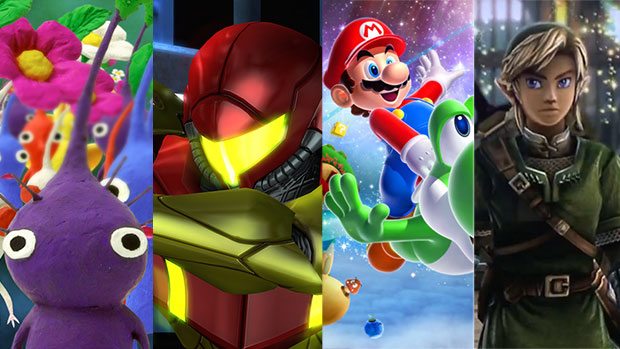
Confirmed games for the future include The Wonderful 101, Wii Fit U, Bayonetta 2, Pikmin 3, and a bunch of other games that are only going to be available from third parties for the Wii U. Developers like Ubisoft have shown their dedication to the console, with Rayman heading to the Wii U in the coming months. If they aren’t completely left behind in a power leap by Microsoft or Sony, the Wii U has a great chance to be relevant for years to come.
Innovation on the software front could make the Wii U a great place to play the best games in new and interesting ways. They’ll need to continually update the console to keep it relevant, adding new features and entertainment options to make sure that it doesn’t see the same fate that the Wii did. For many, the big first party releases were too far and between to stop their Wii from collecting dust, once the allure of Wii Sports wore off. We’ll need to wait and see what, if anything, Nintendo has learned from the last generation, but for now, the Wii U has nothing but potential in a lot of different areas.


